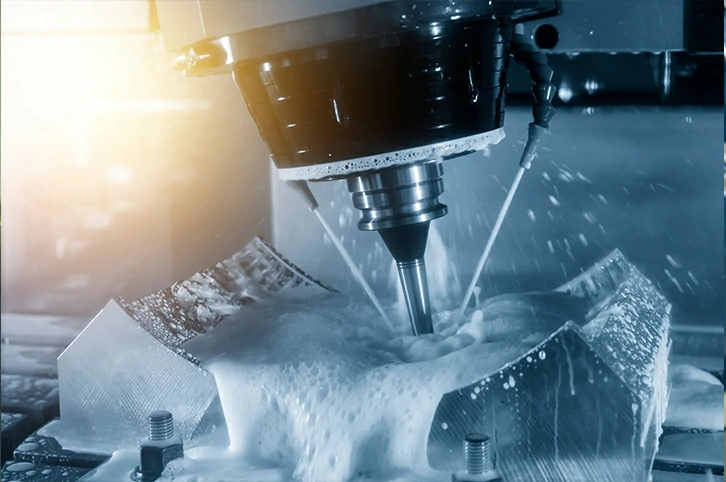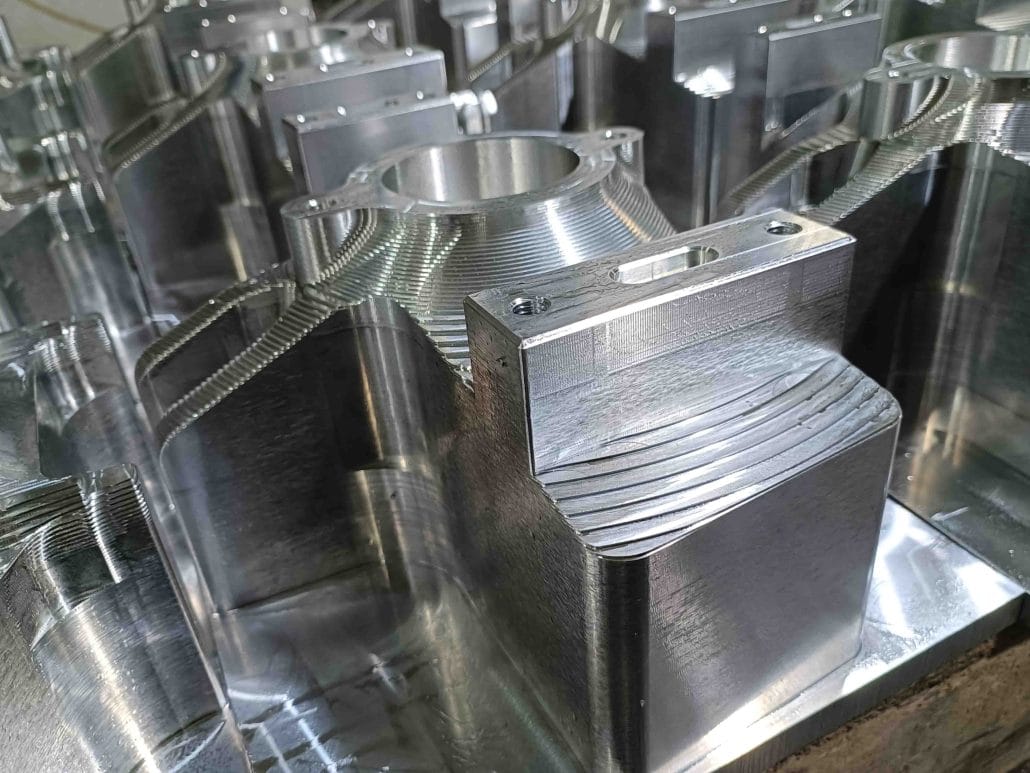CNC machining is a manufacturing process that has revolutionized the way parts and components are produced. The process involves the use of computer-controlled machines to create complex parts with high levels of accuracy and precision. However, some materials are easier to machine than others, and the hardness of the material is one of the most critical factors that can influence the machining process. In this article, we’ll explore the hardest material to CNC and the challenges that come with machining it.
Factors Affecting CNC Machining
Several factors can affect the CNC machining process, including the material being used, the cutting tool, and the cutting speed. Harder materials require more force to cut, which can put a strain on the cutting tool and machine. As a result, machining harder materials often requires more time and specialized equipment. The cutting tool must be extremely sharp and precise to avoid damaging the material, and the cutting speed must be carefully controlled to prevent overheating and wear.
The Hardest Material to CNC
The hardest material to CNC is diamond. Diamond is the hardest material known to man, with a hardness rating of 10 on the Mohs scale. This means that diamond is significantly harder than any other material, making it incredibly challenging to machine. Despite its hardness, diamond is commonly used in industrial applications due to its durability and unique properties. However, machining diamond is a complex and time-consuming process that requires specialized equipment and expertise.

Challenges of Machining Diamond
Machining diamond is challenging for several reasons. First, diamond is a highly brittle material that can easily crack or chip during the machining process. This means that the cutting tool must be designed to minimize any potential damage to the material, and the machining process must be carefully monitored to prevent any cracks or chips. Second, diamond has a high thermal conductivity, which means that it conducts heat away from the cutting tool at a faster rate than most other materials. This can cause the cutting tool to overheat and wear out quickly, requiring frequent tool changes.
Finally, diamond is chemically resistant, which means that it cannot be easily cut using traditional machining techniques. Instead, specialized methods such as laser cutting or electrical discharge machining are required. These methods use high-energy beams or electrical sparks to cut through the diamond, providing a precise and efficient way to machine this incredibly hard material.
Applications of Diamond
Diamond is a unique material that possesses a range of desirable properties, making it ideal for a variety of industrial applications. One of the most common uses of diamond is in the creation of cutting tools, such as saw blades and drill bits. Diamond cutting tools are incredibly durable and can withstand high levels of wear and tear, making them ideal for use in heavy-duty applications.
Diamond is also used in the electronics industry, where its high thermal conductivity makes it an ideal material for use in heat sinks and other cooling systems. Additionally, diamond is used in the production of high-quality optics, such as lenses and mirrors, due to its ability to transmit light and its resistance to scratches and abrasions.

Future of Diamond Machining
As technology continues to advance, new techniques for machining diamond may be developed, making it easier and more cost-effective to work with this incredibly hard material. One such technique is chemical vapor deposition (CVD), which involves growing diamond directly onto a substrate material. This process allows for the creation of complex shapes and designs that would be difficult to achieve using traditional machining methods.
Conclusion
In conclusion, diamond is the hardest material to CNC, posing significant challenges for machining. While machining diamond requires specialized equipment and expertise, the unique properties of this material make it an essential component in many industrial applications. As technology continues to advance, new techniques for machining diamond will undoubtedly emerge, making it easier and more cost-effective to work with this incredible material. For now, diamond remains one of the most challenging materials to work with, but the rewards are worth the effort to unlock its full potential.


